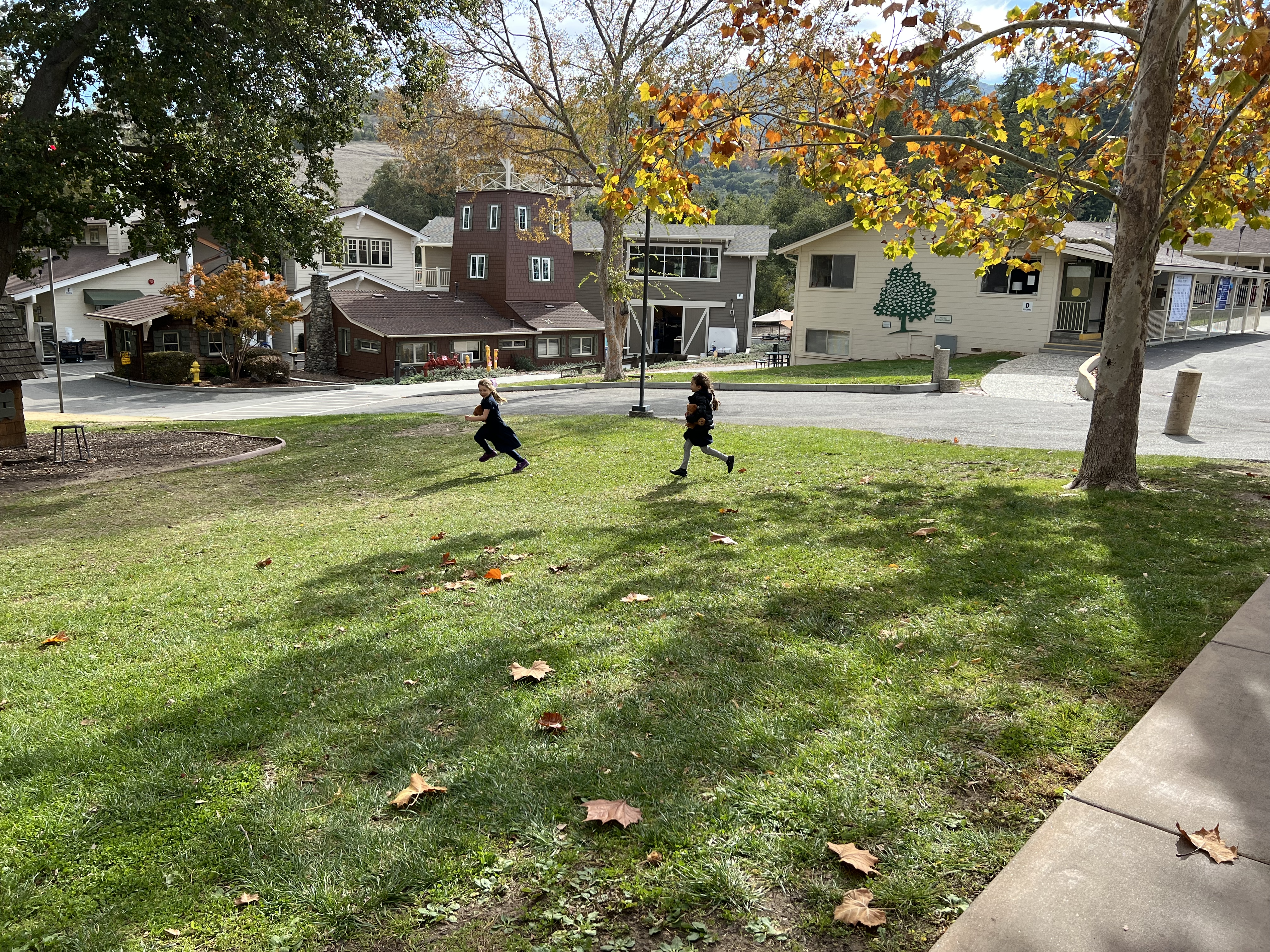By Lara Blom, Junior Kindergarten-2nd Grade Hillbrook Science Teacher & Garden Coordinator

Ask most people about Madagascar and their point of reference is probably the animated Dreamworks’ movie series, but Hillbrook science teacher, Lara Blom, is hoping to shine a new light on the incredible biodiversity of Madagascar. She is also keen on raising awareness to the threats of its fragile ecosystem. She is writing an educational e-book about Madagascar with an accompanying teacher guide for the National Science Teachers Association (NSTA). The interactive science e-book is aimed at 3rd graders and it is designed to teach them about biology, geology, ecology, life cycles, and environmental science. Blom says she hopes to show students how much life is out there, and why it is worth protecting.
The project began a couple of years ago when the NSTA sought teachers to author instructional e-books to meet specific science standards. Blom proposed a book based on the work of David Liittschwager, who is a contributor to National Geographic and known for his high-definition images of rare plants and animals. Blom says she was inspired by Liittschwager book, “A World in One Cubic Foot: Portraits in Biodiversity” where Liittschwager took a 12-inch metal-framed cube around the world exploring different biodiversity “hotspots” to discover how much life he could find in one cubic foot. Blom knew Liittschwager had visited Madagascar for his project, but had not included those images in his book. Blom approached him about working with her on the e-book and possibly using his photographs to share the biodiversity of Madagascar with school children. Liittschwager was willing to share his images and discoveries, and he even visited Hillbrook to work with Mrs. Blom in her 1st grade science class showing them how to take an ecological sample of life using a cube.
Blom’s book, Facing Habitat Change, tells the story of a young Malagasy boy, Tovo, who discovers the amazing biodiversity of his country’s rainforest as well as the imminent threat to its survival. It is estimated that 90% of Madagascar’s forests have been destroyed and its unique plants and animals, most of which are found nowhere else on Earth, are now facing extinction because of deforestation and “slash and burn” farming techniques. Tovo’s learning journey sees him understanding how his family’s farming threatens Madagascar’s natural treasures and concludes with the protagonist considering ways his family can adopt eco-friendly farming techniques.
Blom’s book is designed to be highly interactive, a hallmark of Hillbrook’s learning experiences. In it, students go on mock field explorations using a one cubic foot square, first predicting what they will find and then collecting samples along the way, much like biologists do in the field. Students can click on words for definitions or Liittschwager photos for more information about them, as well as watching videos within the book, or having the book read aloud for students with learning differences. Students take their own photos in the e-book, choosing a macro or micro lens and documenting all of their “samples” before releasing them back into the wild. After collecting and sorting their samples, students analyze their findings. The book teaches science alongside some math principles, and also provides study plans for teachers to guide them through the lessons in the book. Additionally, it suggests how to extend the work beyond the book with connected activities, including use a cube to explore the biodiversity around their own schoolyard.
Blom says she hopes her book will inspire young scientists and encourage their interest in ecology and field science, “If I had known this kind of field research was out there when I was younger, I would’ve have pursued it, but I didn’t even know this form of science work existed until I was an adult, so I’m excited to share it with future scientists.” Asked what she hopes students get from the book Blom says, “Connection. I want students to see the many things that exist in one really small space and why protecting that life is so important”. Additionally, Blom says she hopes to inspire students to explore science and to visualize themselves as researchers, “I want to show students what scientists do in the field, and how many opportunities there are to do this impactful work from photographers, to ecologists, primatologists, lab workers etc. I want them to see science as a culturally diverse field that can bring people together, just like the international group working in Madagascar working to protect its biodiversity from the threat of population growth and deforestation.”
Blom expects her book to be completed this summer and hopefully, in use in 3rd grade classrooms around the country in the 2019-2020 school year.
